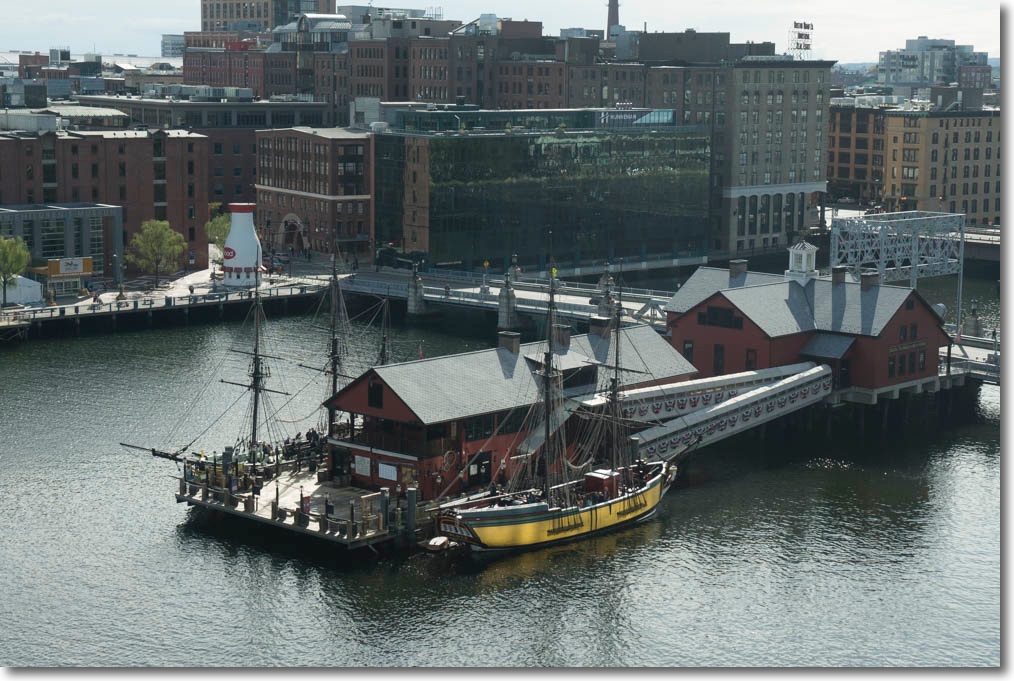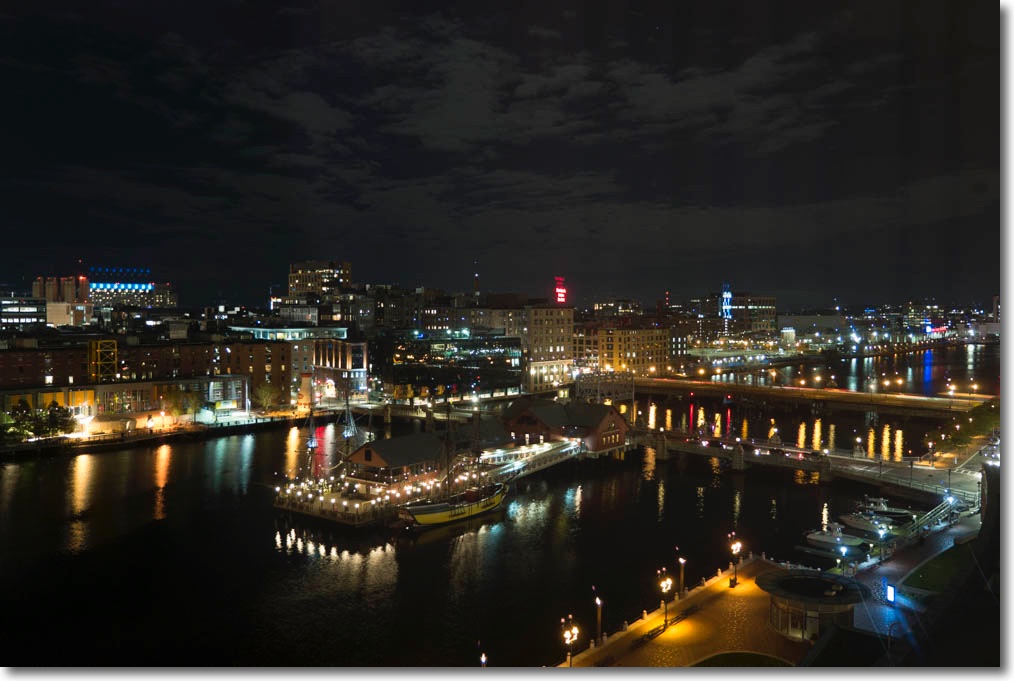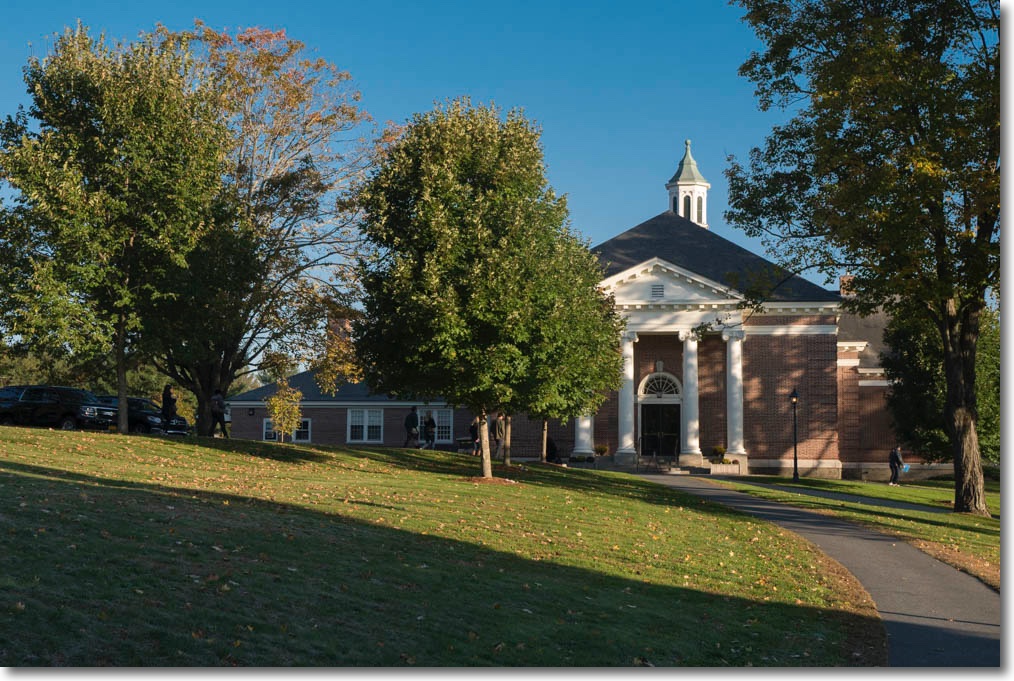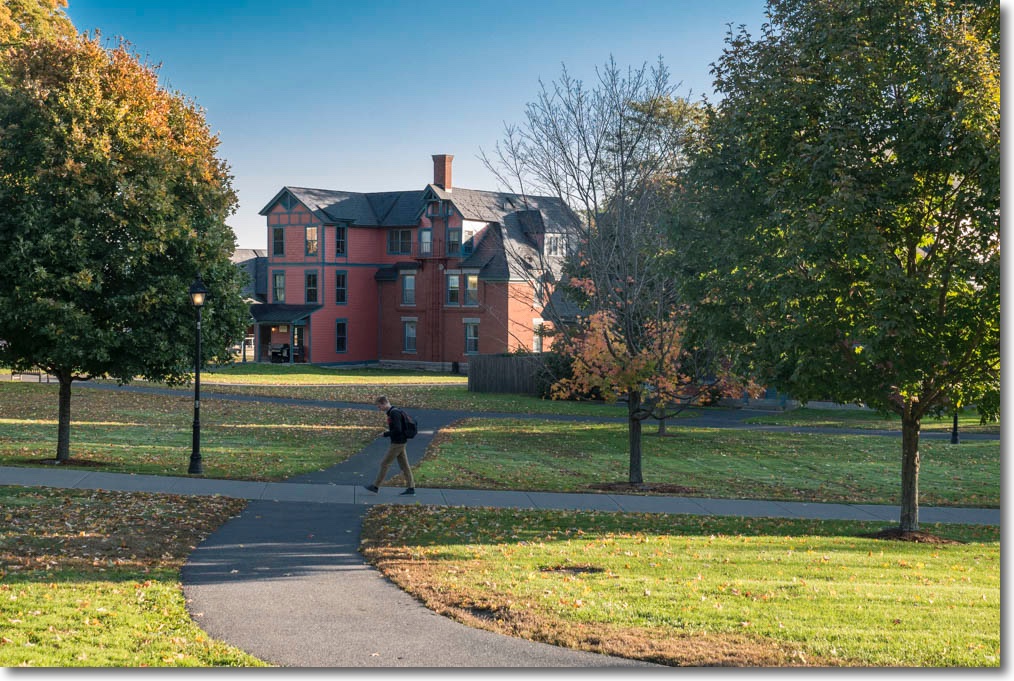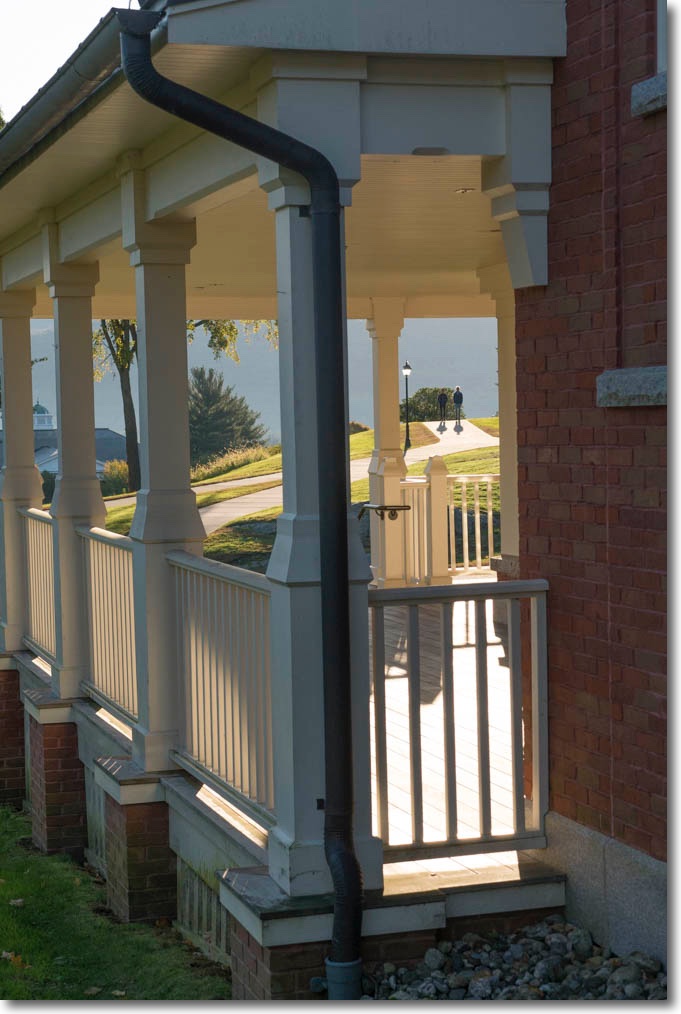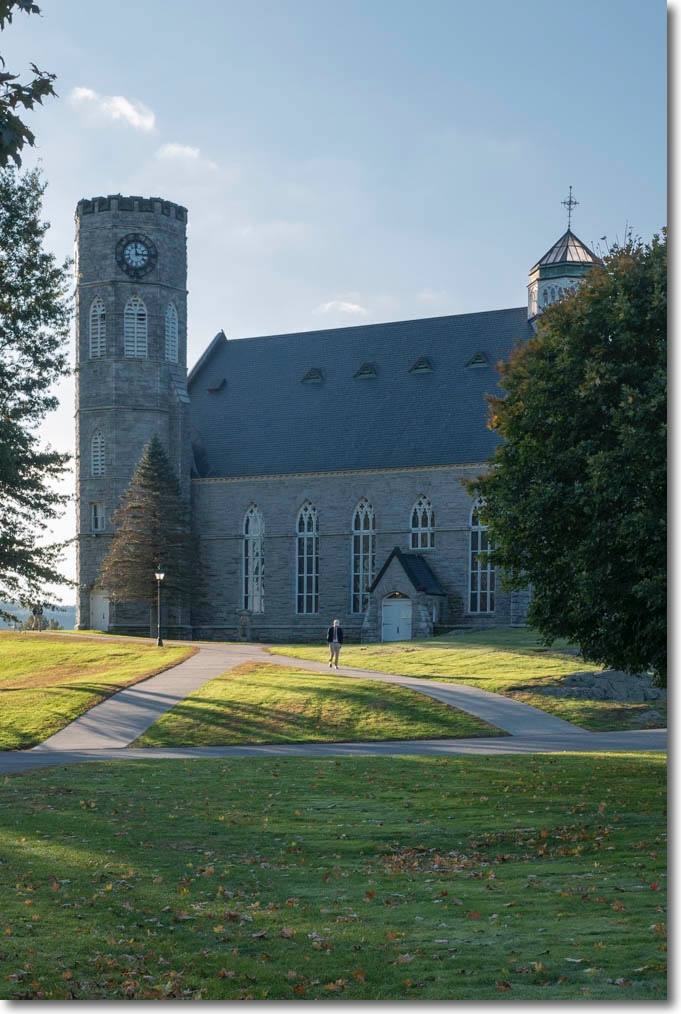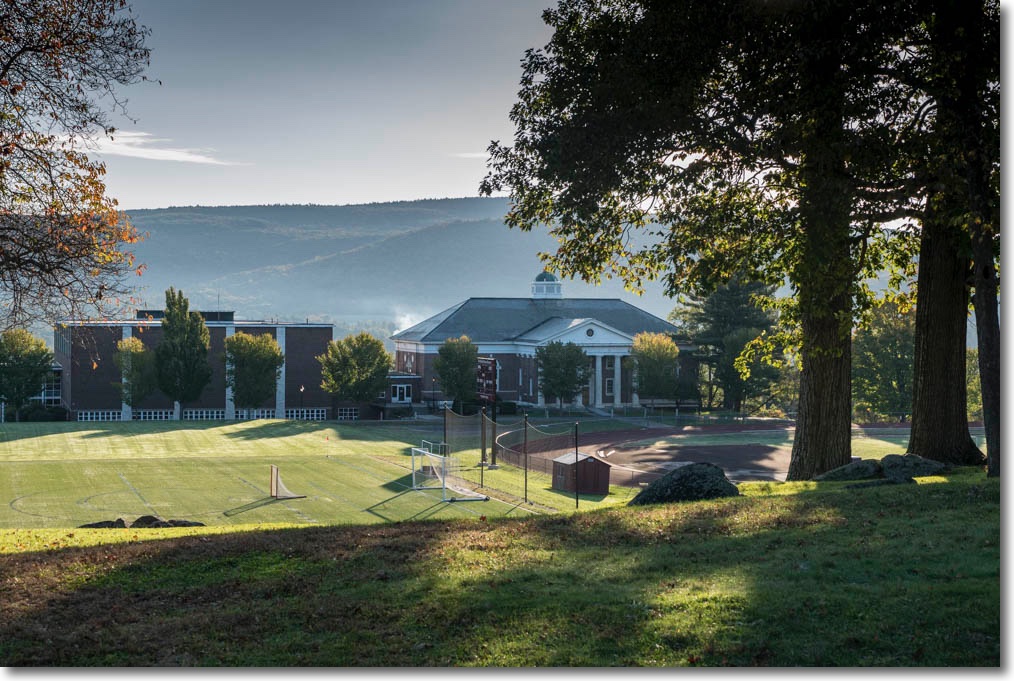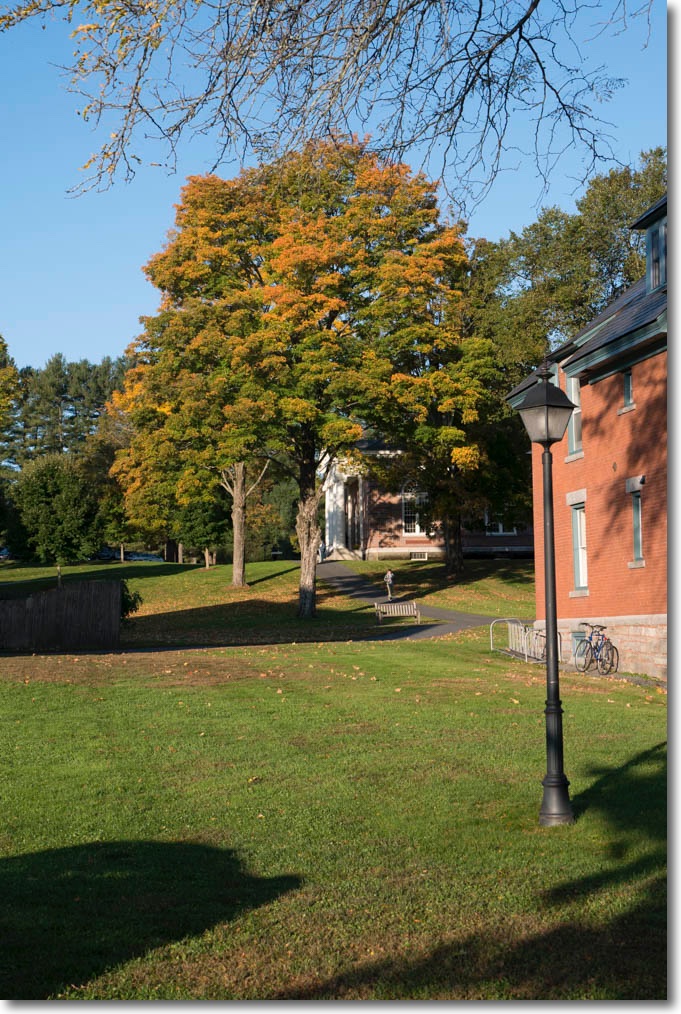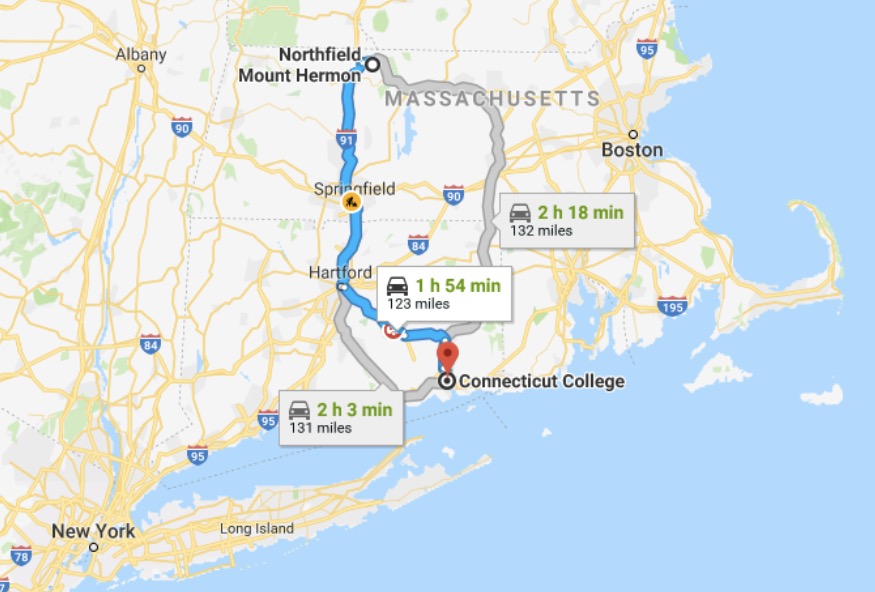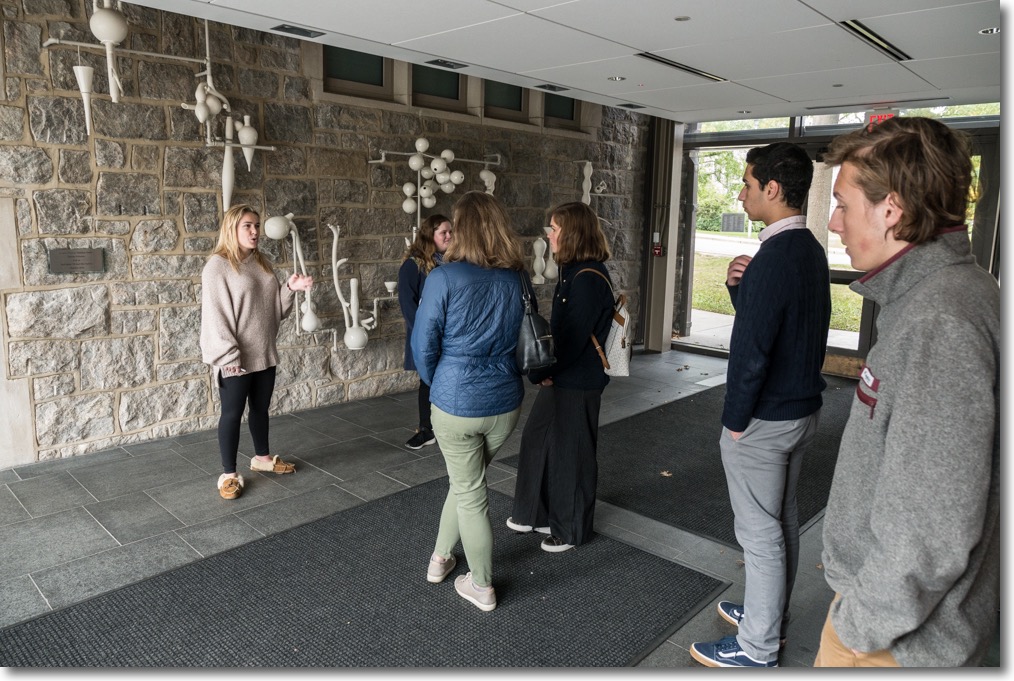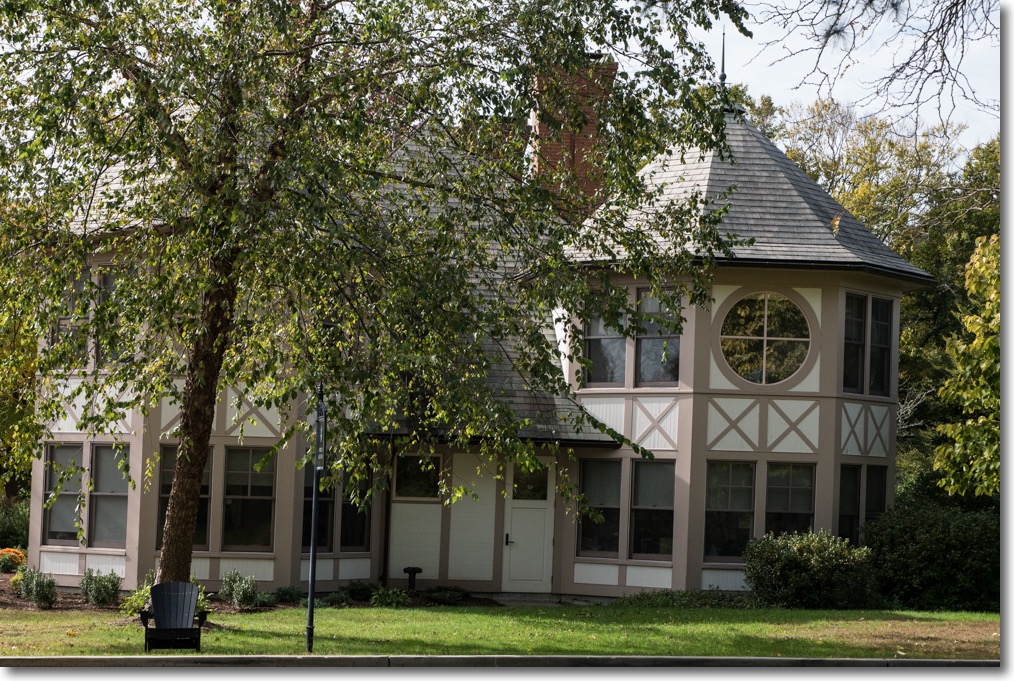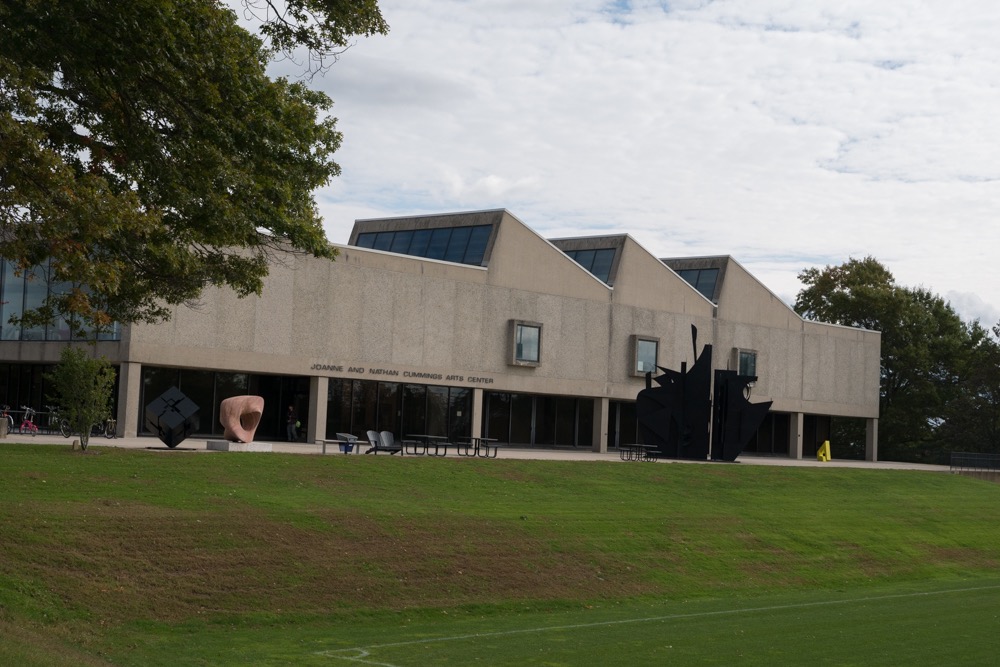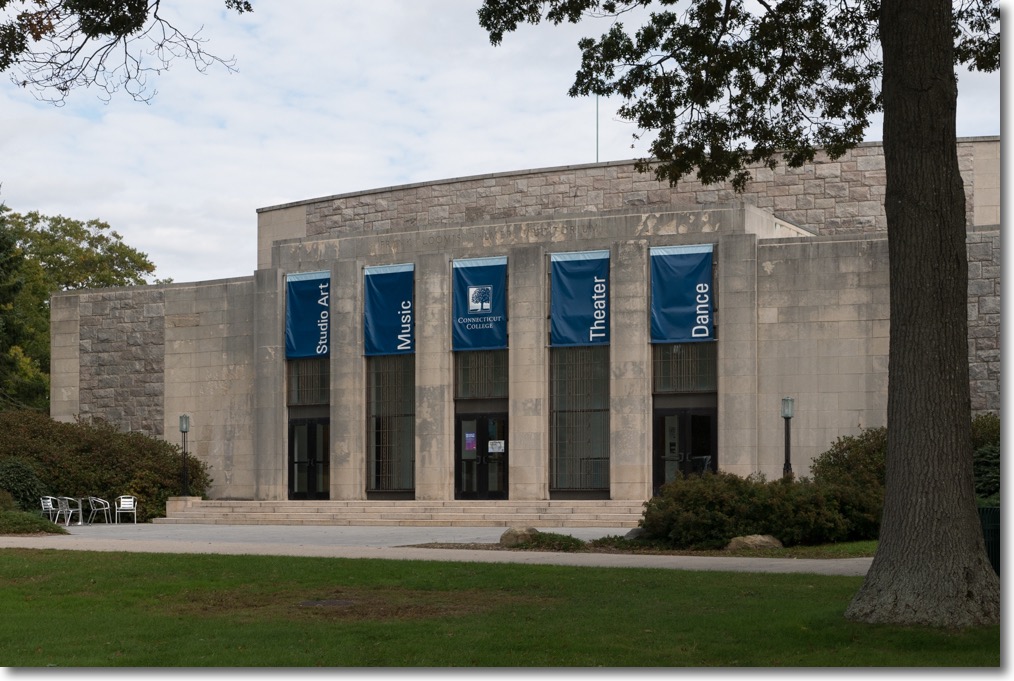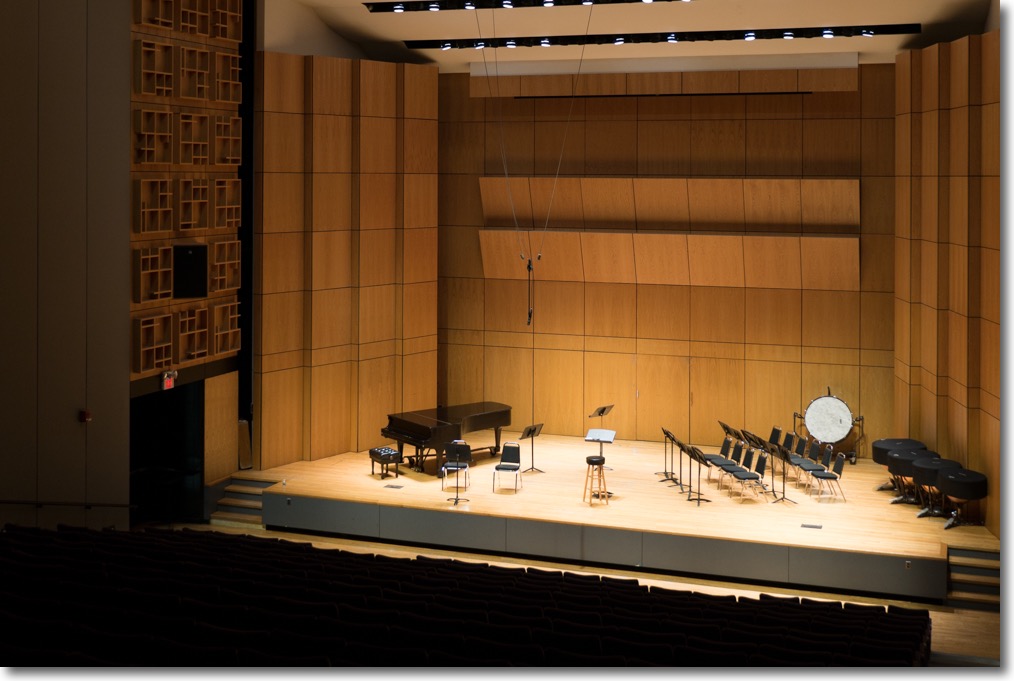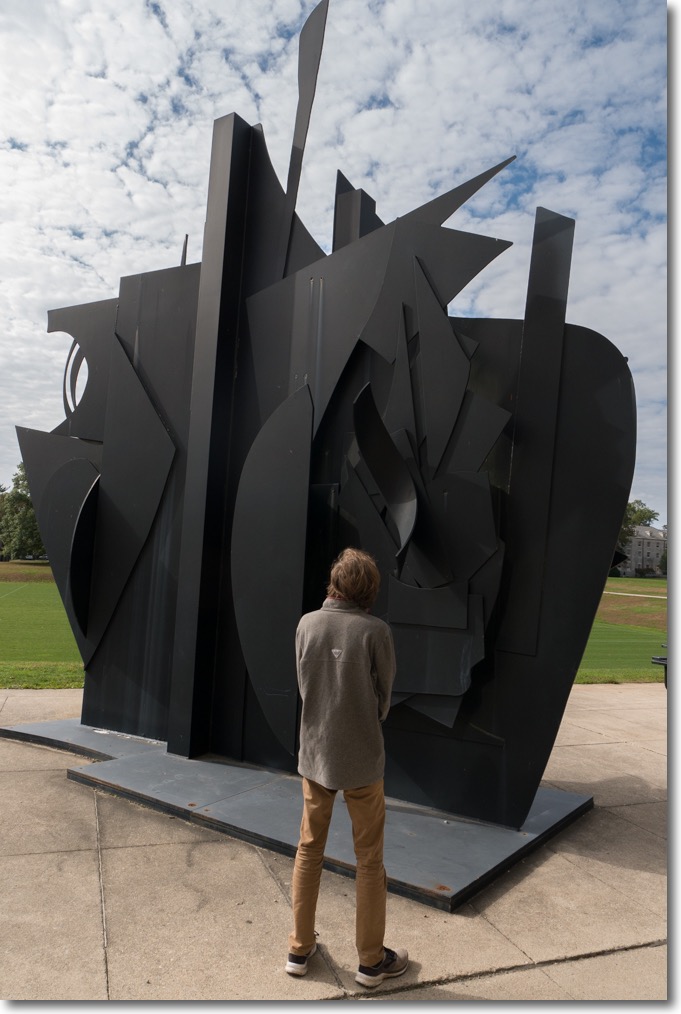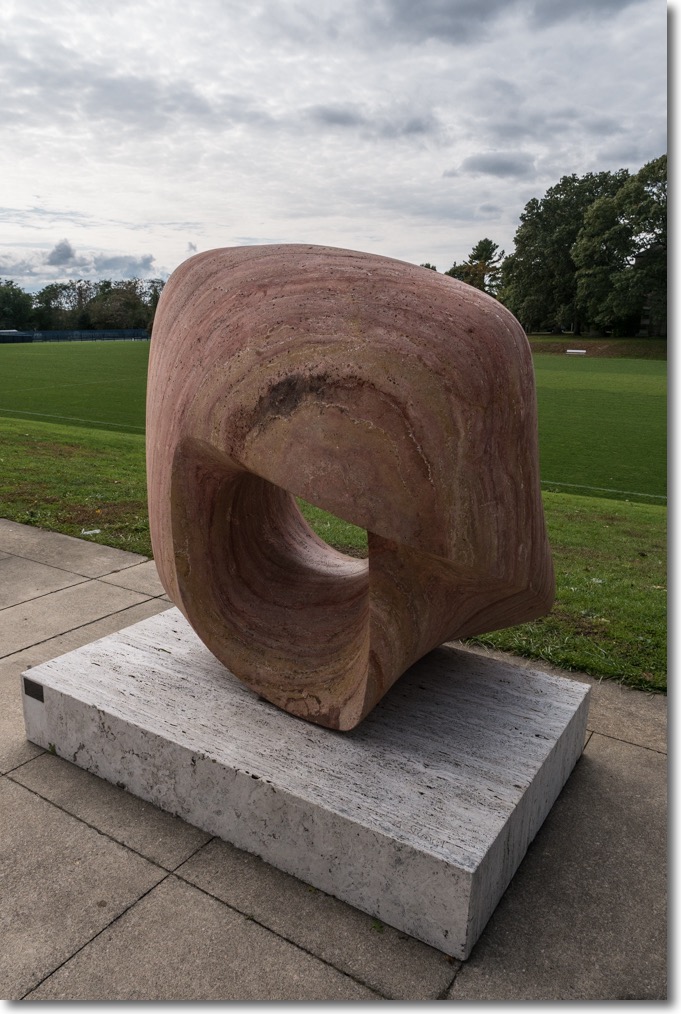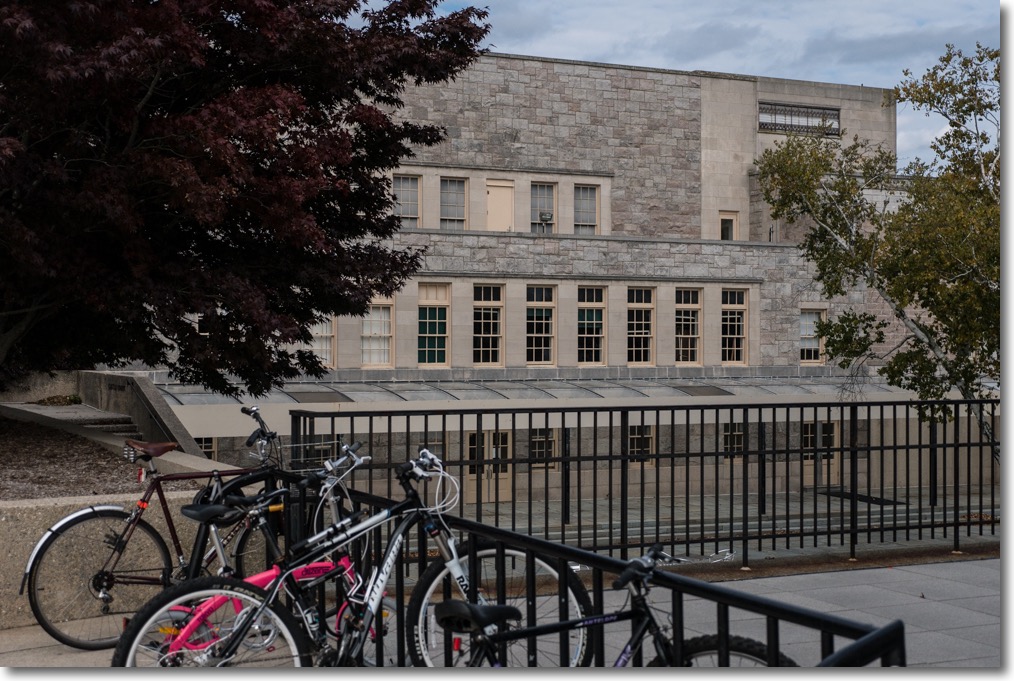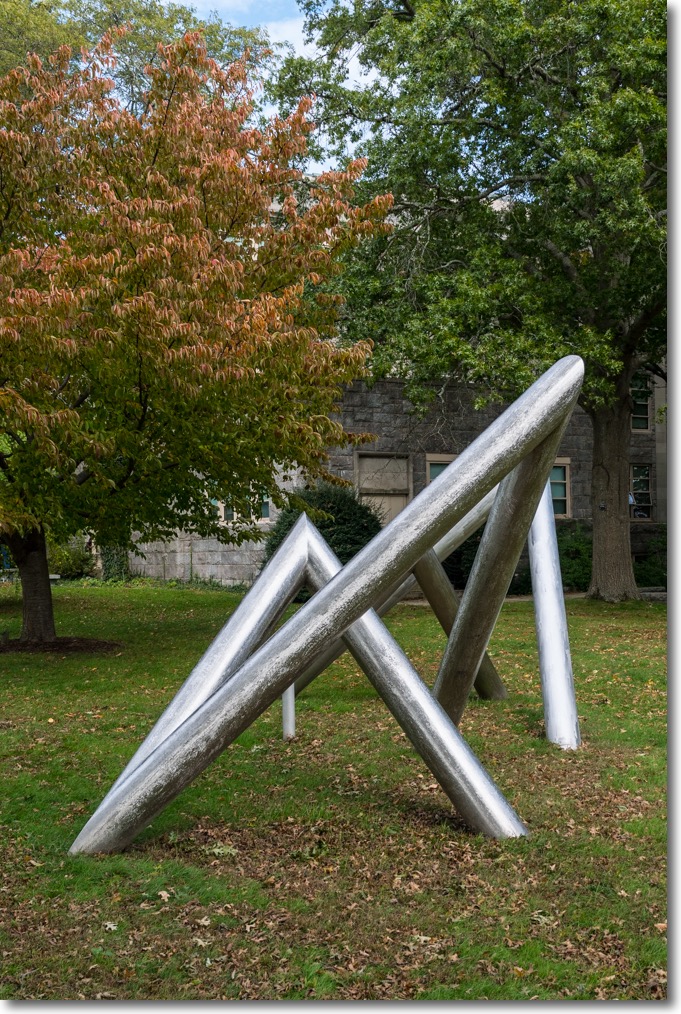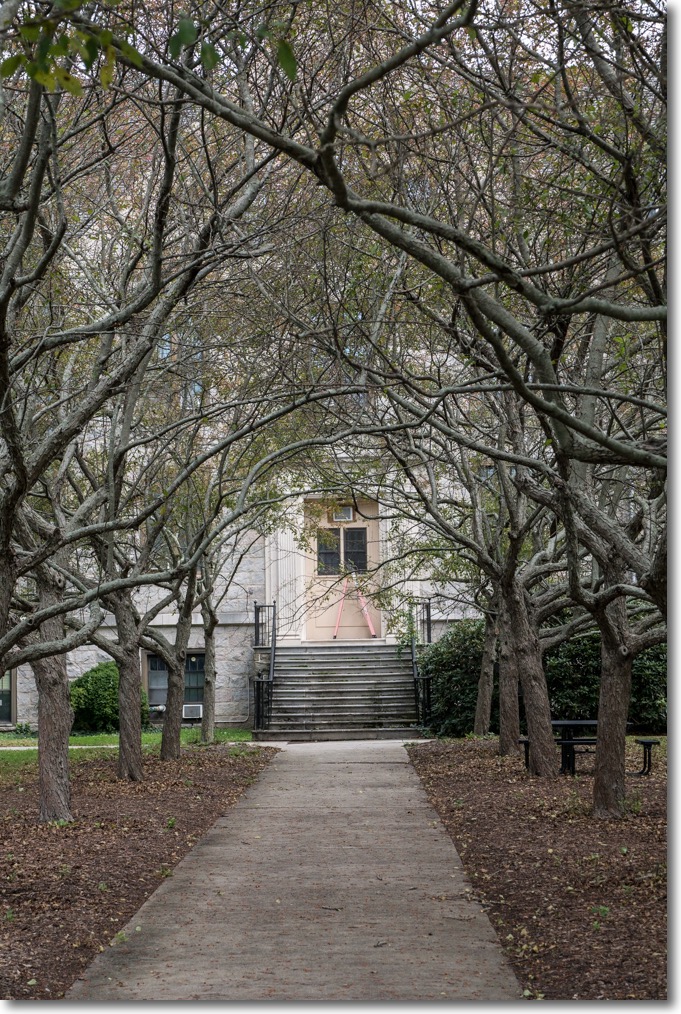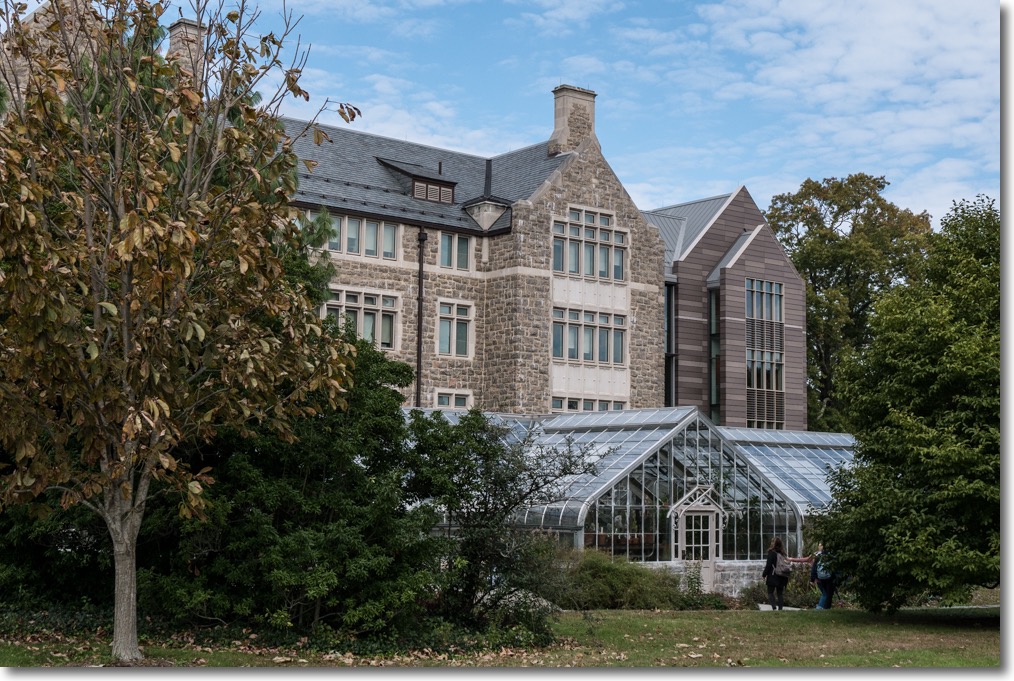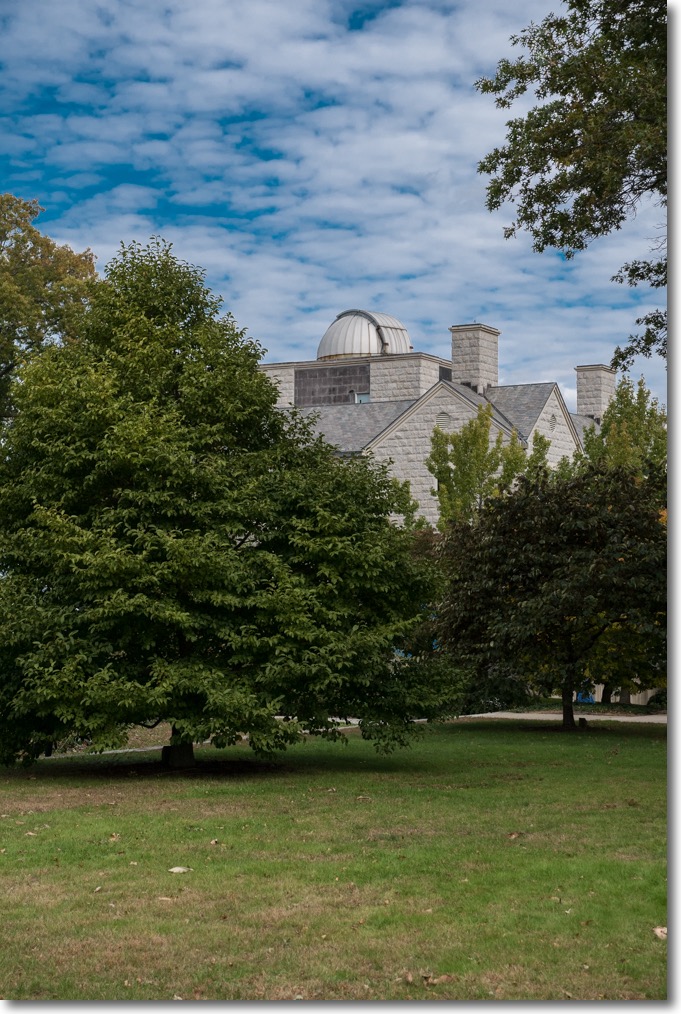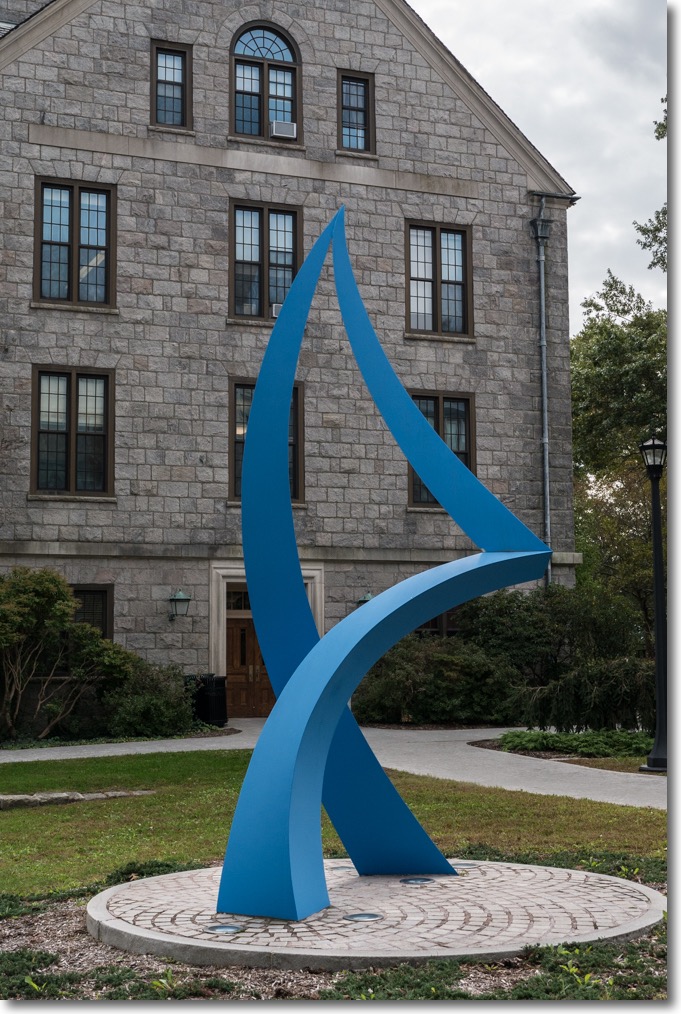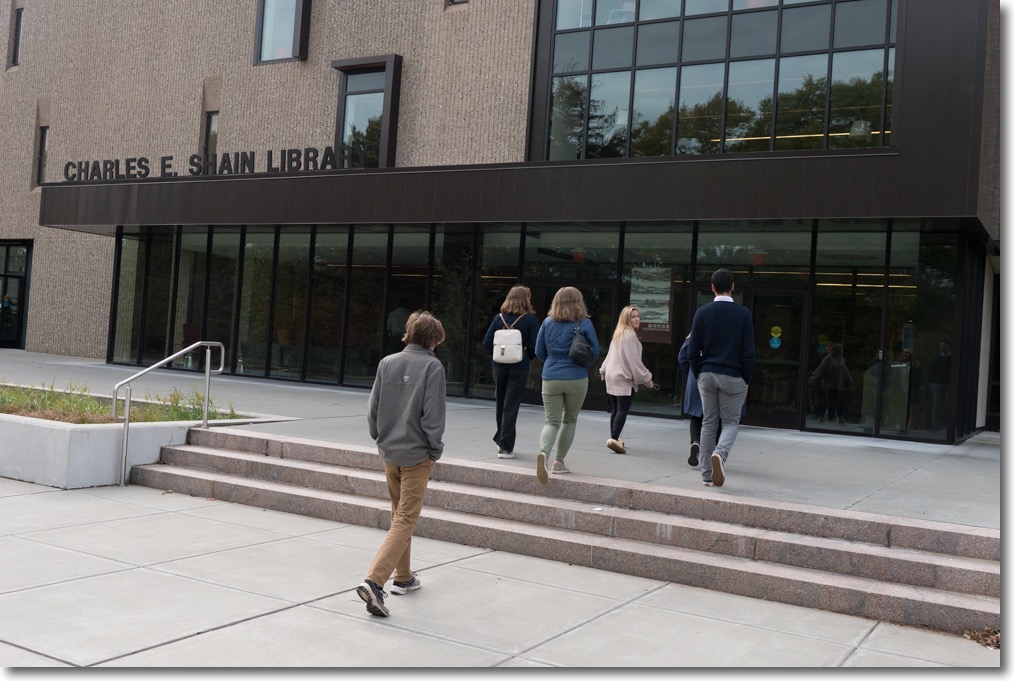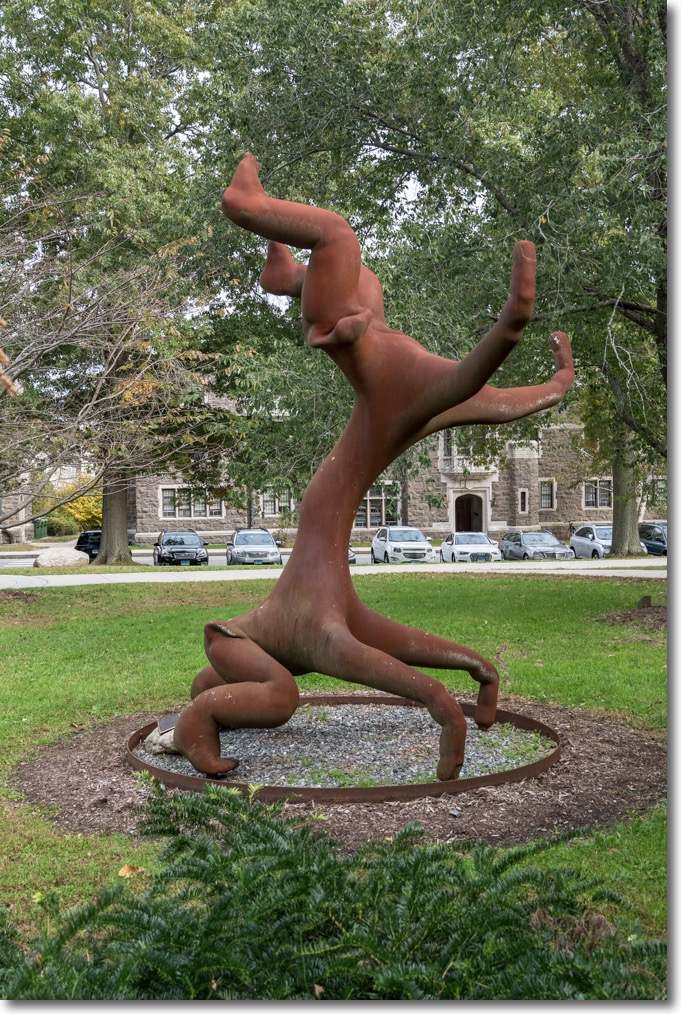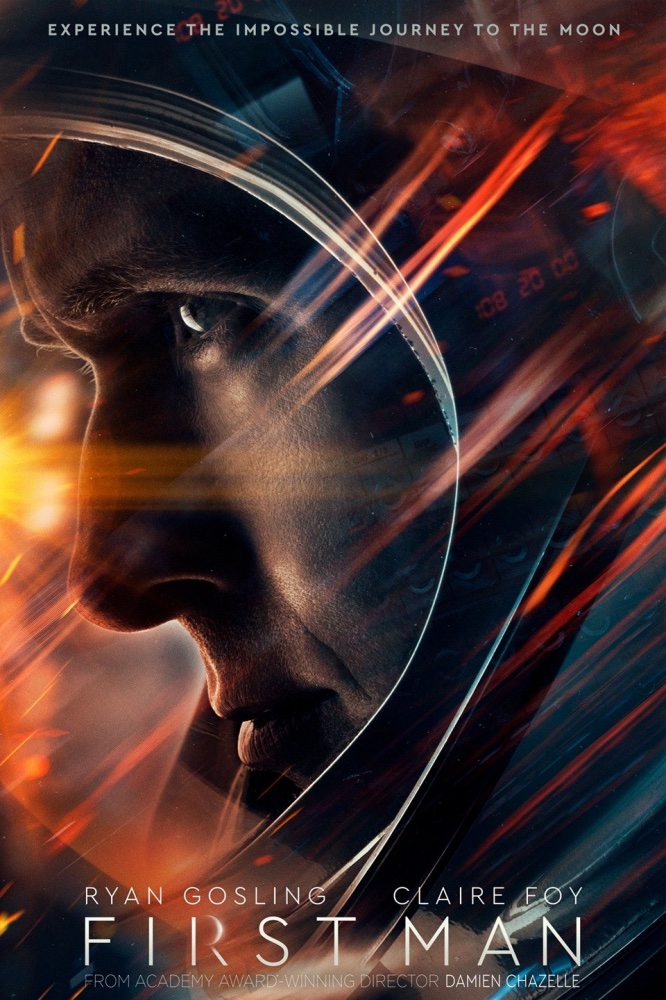Silly-priced new MacBook Air.
Apple just announced the new MacBook Air and it’s priced at an over-the-top $1200 for the base model with a 13.3″ display.
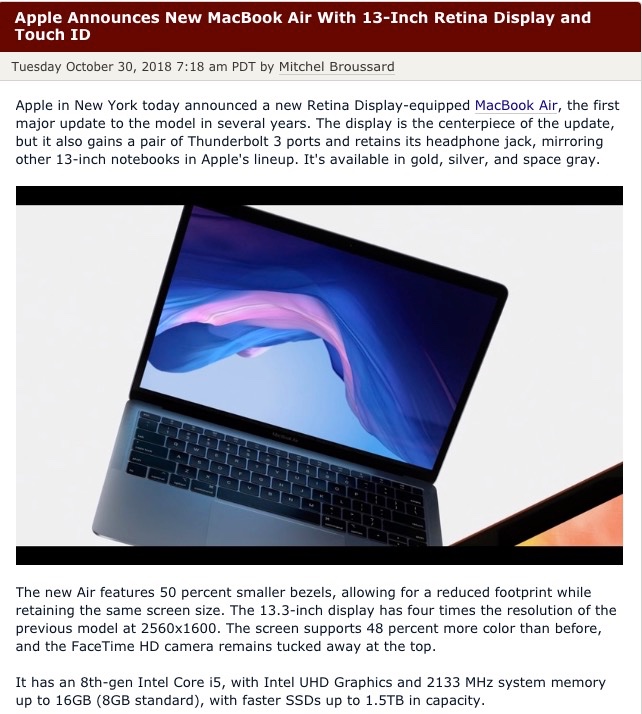
You will not be seeing this much more:
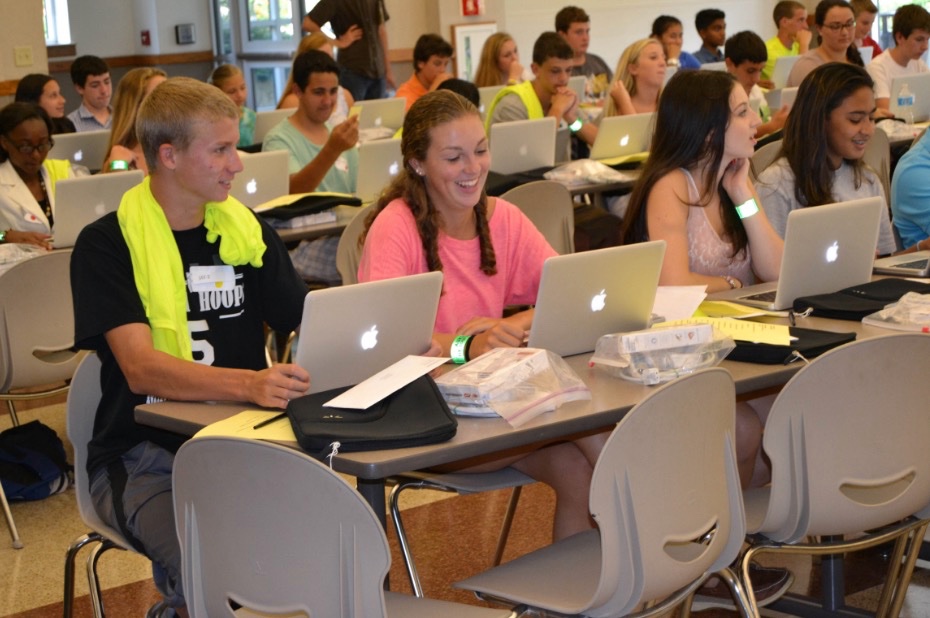
Yes, this silly-priced MacBook Air confirms that Apple is strictly in the Veblen Goods market, where a premium price is seen as attractive, a low one as a disincentive to conspicuous consumption.
Consider: Wireless ear bud speakers at $120. Cellphones starting at $800 + tax + annual service contracts. The Apple Pencil to draw on your iPad at $100. All commanding 50% profit margins because someone has to pay for that ridiculous over-the-top flying saucer HQ:
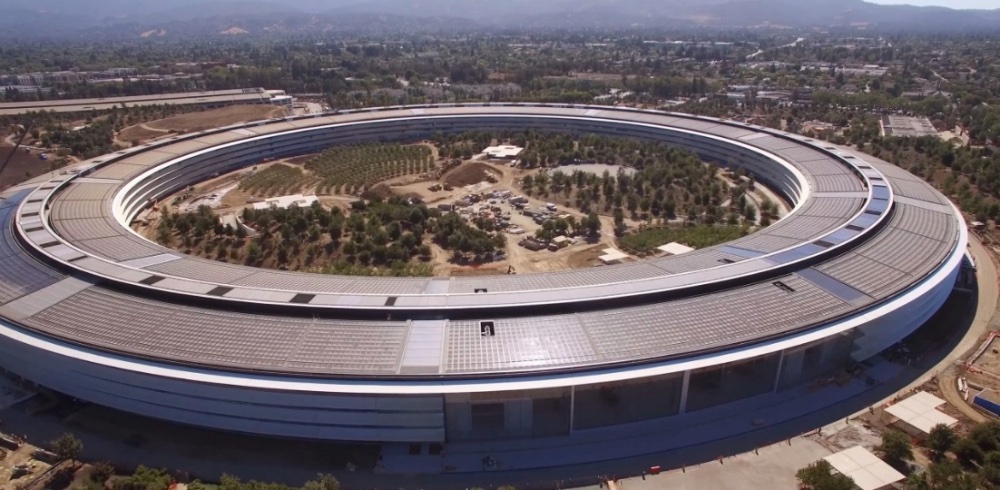
Hubris. The Apple HQ building in Cupertino.
I’m writing this on a 2010 Mac Pro tower. In its faultless 365/24/7 life it has had one upgrade of GPU, CPU, RAM and SSD storage. I expect it to continue to deliver fault free daily performance for another decade, at 70% of the speed of the latest throwaway machines. When parts fail – and they seldom do – they are easily replaced with a screwdriver or two and readily available. The chassis design dates from 2006.
My MacBook Air is the last 11″ 2015 model made. I would upgrade this $800 machine annually as, with associated tax benefits, the upgrades were free. Then the 11″ was discontinued never to appear again. It weighs just 2.38lbs and is a handy portable companion. At 11″ a costly ‘Retina Display’ would be money wasted. It’s the perfect traveling machine whether for college student or businessman. But you can no longer buy it new. So now the aspiring student will buy a Chromebook with comparable specs to the new MacBook Air for, what, $450?
In a decade Apple has abandoned its core constituency, the pro A/V market. It has abandoned college students and the impecunious. And now it sells ridiculously overpriced, glass-backed, fragile cell phones for $1000 and up.
Strange business model for the coming recession.
Strategy? Given that technology changes at the margin for desktops, laptops, tablets and cellphones are very slow, I’m increasingly focused on upgrading to 2-3 year old tech, as I did in moving from an iPhone6 to an iPhone7 for a modest $300 net a few weeks back. No $1000 cellphones for me. I get 80% of current performance for 30% of the cost. That solves.
